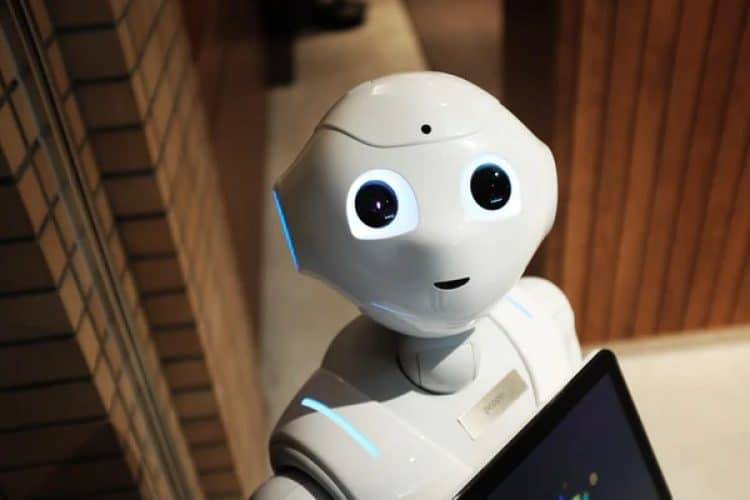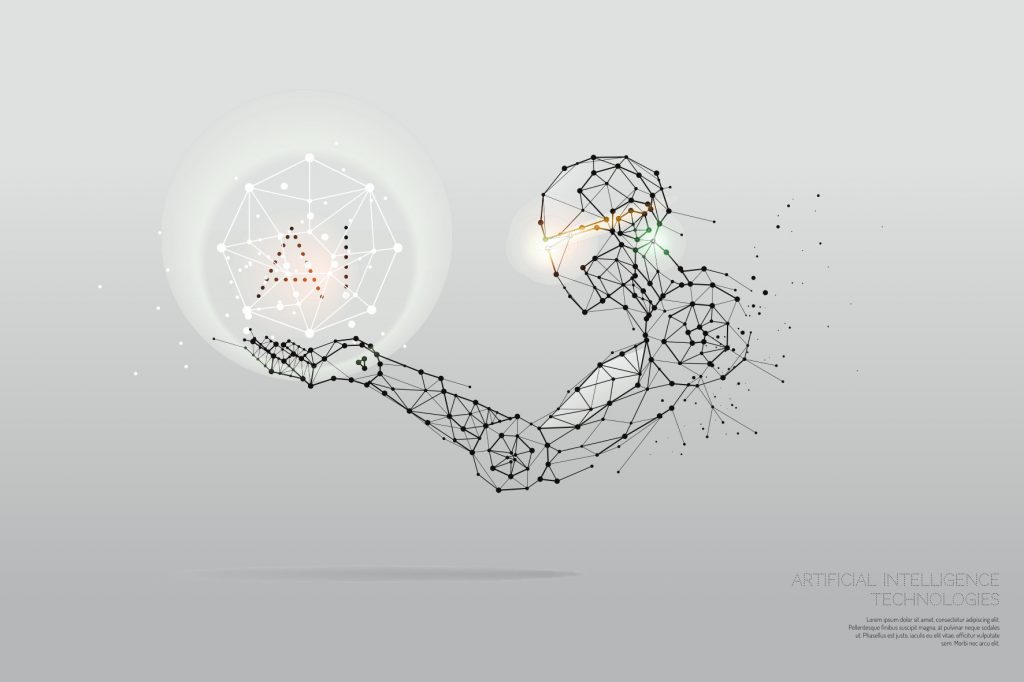
Shashwat Tiwari

PART I
INTRODUCTION
The impact of Artificial Intelligence and Machine Learning tools on our daily lives has long been a part of academic discussions. Image recognition, search engine optimization was brought way back in the late 20th century but major breakthroughs with respect to A.I. are contemporary these significant developments and acceptance in the consumer market has increased its involvement in every walk of life. Various big-ticket companies have incorporated machine learning tools in their operations. Amazon’s recent virtual assistant Alexa, has given a brief idea of what an A.I. system can offer us in future. Technologists and Jurists have raised their eyebrows over its influence and incorporation in legal regimes. However, the transformation from human-based skilled activities to A.I. based activities would be gradual and require legal transformation at the same pace (given the unpredictable behaviour, it is not wise to be ahead in the particular case). Tesla’s autopilot, Google’s Deepdream is just tip of the iceberg. There are concerns over the requisite changes in the current IPR regimes. The AI-IP interface is bewildering specifically with the advancement of AI not only in the context of authorship and ownership (copyrights and patents) but also for liability (counterfeit products).
Artificial Intelligence has totally changed the paradigm of window shopping and in future is expected to revolutionize it further. The current only system of buying is suspected to shift to a much personalised system where chatbots will be addressing the issues and helping the consumer fit best possible products based on a given set of data. However, what set of data is to be provided would always be a question? It can be earlier purchases or preferences opted by the consumer or a mix of both but the current system of suggestive products would undergo various changes in the coming time.
It predicted by a study from Gartner that by 2020, 85% of customer service interactions in retail will be powered or influenced by some form of AI technology. AI global revenue is predicted by market intelligence firm Tractica to skyrocket from $643.7 million in 2016 to $36.8 billion in 2025.
CONTEMPORARY DEVELOPMENTS IN A.I. VIS-À-VIS TRADEMARK
There are several examples of AI operating in retail and e-commerce shopping environments. The most basic form of A.I. one can observe today in the form of suggestions placed by the websites or its “recommendations based on your order” or general product suggestion featuring consumers’ various preferences and earlier purchases on that website or the data available to it. These websites provide suggestions based on various parameters which may include customers’ browsing history, purchase history, preferences marked on the website etc. These targeted product recommendations are made through AI. This system at the very least has substituted the human shop assistant of old with AI.
Amazon Echo and Google Home devices are other examples of big changes in the e-commerce and trademark world as these systems help in identification of various products based on their brands. Thus one major interface of AI and trademarks happen when there is a brand war based on the listings provided by the AI on certain websites, say Amazon. For example Amazon’s Echo product functions through a voice recognition system which is software called Alexa and is an AI. Further the current settings of Alexa are such that it cannot place order on itself but it removes a crucial part of the product selection process frequently considered in trade mark law. Alexa is the one analysing the market, it has all the market and branding information, not the consumer. Automatic purchasing is still a new concept but in time to come it will rather be used more frequently by the consumers. Here the AI would completely take over the purchasing decision. Another product of AI and shopbot is Amazon Dash which is a replenishment service which runs on the concept of automated ordering. The current system of it is a WI-FI linked button which replenishes consumable products like coffee, sugar etc which takes the current stock into consideration and places order accordingly before the stock of the consumer runs out. Fashion industry is also one such arena where AI and branding takes place at a larger level with respect to personal stylists and assistants which helps in sorting out apparels for the consumers. There are various things that the assistant takes into consideration before suggesting an item which may include stitching type, body fit of the cloth, fabric etc. One such assistant is Mona which is self learning AI and operates on customer feedback which helps you make your own wardrobe based on their personalised styles and it enhances its services the more a customer uses it. Another example of AI is Pepper the robot which identifies purchases earlier made and compares it with style and price preferences. It is also capable of reading customers’ mood, and in the future this can replace shop assistants.

CURRENT LEGAL SCENARIO VIS-À-VIS MACHINE LEARNING OPERATIONS
Absence of uniform definition and standards leads to difficulty in incorporation within domestic and international laws. Douglas Hofstadter states “AI is whatever hasn’t been done yet.” To draw a conjecture, this is probably the reason for not capturing A.I. in definitive terms. However “Intelligence demonstrated by machines” can provide an appropriate and simplistic overview for analysing its implications of various IPR regimes specially trademark law. It is a well settled fact that social media platforms and search engines use machine learning tools to generate outputs from their data matrix with the help hashtag optimization, relevancy, freshness and various other parameters. For example the e-commerce platform Amazon displays results based on an individuals’ previous search history, preferences and may also use scrolling timer (a new age concept which analyses time spent on screen comparing it with number of clicks on similar topics).
The advent of A.I. has totally changed the scenario of online B2C platforms and the consumer market therein. It has taken the parameters of preferences in brand, colour, size etc out of the hands of shopkeepers and will soon lead to virtual shopping centres providing a list of options matching consumers’ preferences. One can always argue about the size of population it will cover, given the priorities of an average Indian buyer and the internet penetration of our country. Initial resistance is inevitable but gradually people will shift, as in the case of online shopping. Ultimately the current legal framework will have to accommodate A.I. systems’ operations and various liabilities associated with it specifically in the e-commerce and trademark parlance. Traditionally, trademarks were differentiating indicators in a homogenous market, basically used to create a brand name highlighting the trust, value, quality and standards of the product sold by the proprietor. The online retailing business changed the utility of trademarks and brand names by providing a thrust to counterfeit businesses. The current trademark regime renders a vacuum vis-à-vis the liability of an A.I in cases of counterfeit products.
The online retail platforms are provided with a safe harbour protection in cases of counterfeit products (section 79 Information and Technology Act). The courts however stand for dilution of the safe harbour defence; the Delhi High Court in Christian Louboutin SAS v. Nakul Bajaj & Ors. stated the liability of online platforms under section 79 (3)(a) which does not exempt platforms having active participation or contribution in sale of counterfeit products from safe harbour provision. The test examines the involvement and manner of business which the platform operates in. Rule 3 of the Information Technology rules, 2011 provides mandatory agreement between the intermediary and sellers prohibition on hosting or uploading and displaying any infringed product.